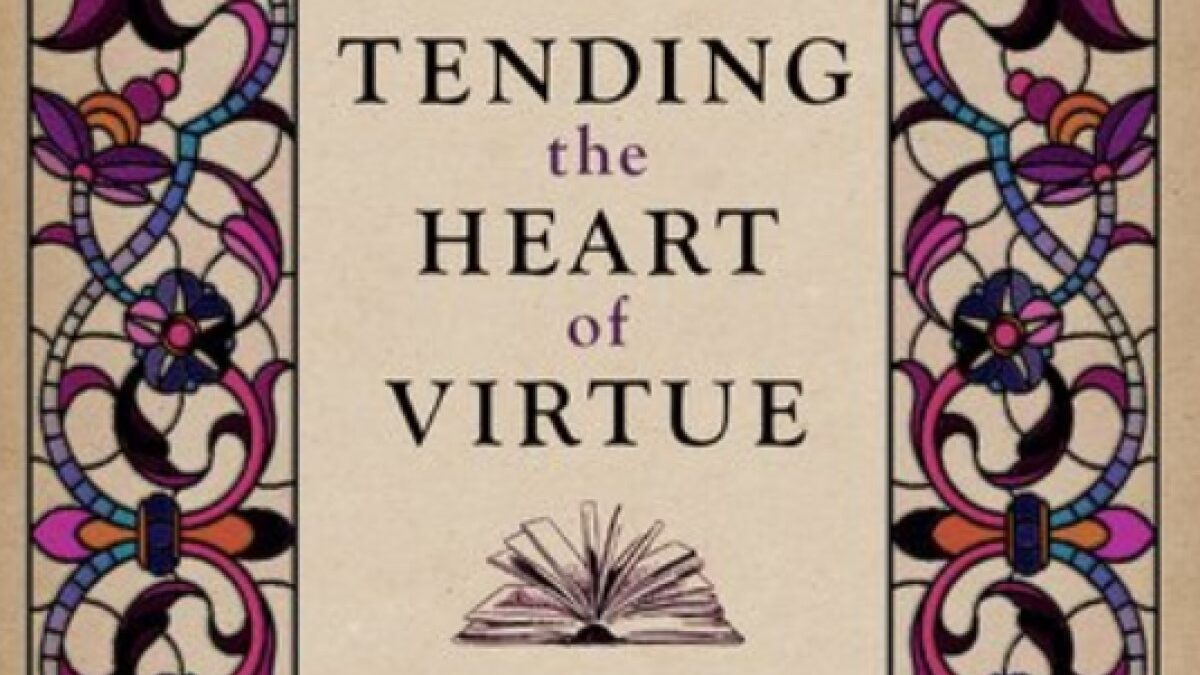
In his January 25 keynote speech at the American Booksellers Association Winter Institute in Memphis (Wi13), Pulitzer Prize-winner for fiction Junot Díaz unleashed an autobiographical rant to an audience of publishing professionals, booksellers, and librarians.
The speech was directed against “white people, white supremacist racists,” and their enablers. It focused especially on authors and publishers Díaz considers to be responsible for the “erasure” of young minority readers by their “relentless, underlying whiteness.” In an embarrassing moment for publishing and bookselling, he received a standing ovation.
Although I summarize, I am reporting the words of this speech verbatim, not attempting to impute thoughts to Díaz. I found his words appalling, and since it was the keynote speech at a national business conference, a speech universally applauded by virtually all of the professional publishing and bookselling industry as reported in Publishers Weekly and elsewhere, I believe it to be destructive beyond just one man’s opinions, to both fictional literature and to useful conversation about race in our culture.
White Supremacy Of the Worst Kind—It Taught Me to Write
Díaz supports his case of endemic systematic racism and sexism in publishing by an emotional appeal to his childhood experience, during which he claims, “I found myself on the front lines of white supremacist racism of the worst kind.”
Díaz was a kid in New Jersey in the 1970s. Granted, 1970s America may not have been a Shangri-La of racial harmony, but neither was it 1862 Alabama, nor the Belgian Congo.
The author pronounces with Kurtz-like horror the name of his hometown, Parlin, New Jersey. He calls the town and his time there “the bleeding edge of Bon-Jovi-level whiteness.” Bleeding with whiteness or not, Parlin, New Jersey, also happens to be Jon Bon Jovi’s hometown. Its most famous homeboy is therefore not one Junot Díaz. But it may have seemed to young Junot that hair-sprayed mullets were everywhere.
In addition to assaulting him with their style choices, according to Díaz, Parlin children constantly called his younger self names, often racist slurs. A group of white boys even chased him down a street once, calling him racial epithets and threatening to beat him up. But Díaz expands his complaint to take in what he believes to be the toxic nature of the local culture on a larger scale.
“To be a young immigrant is to survive an apocalypse.” Díaz says, “there was a white world trying to destroy me.” Every day Díaz claims he was forced to endure “the utter, awful onslaught of it.”
Díaz notes that he arrived from the Dominican Republic illiterate. Even though he was thrown into a grammar school organized along, he says, “white supremacist racist” lines, the school librarian took a shine to the young Junot and gave him a tour of the facility.
“She told me that all those books on the shelf were mine,” Díaz says.
Reading about People Unlike Me Is White Supremacy
Despite the “onslaught,” it seems Junot did somehow learn how to read in the New Jersey school system. Yet in the end, this seemed to make things worse. Junot realized around seventh grade that the books he read “didn’t help me at all. They were super-white.”
It turned out that, for young Díaz, books weren’t an escape or solution to the “white supremacist onslaught”—books were the problem. None of the books he read had brown or black characters, according to Díaz. There were no heroes “like me.” What’s more, the authors of those books were part of a white supremacist racist system. They were, in their way, white supremacist racists themselves. J.R.R. Tolkien. Richard Adams. Laura Ingalls Wilder.
Díaz gets to the heart of the matter at 17:00 in the video. Not only were the Parlin children calling him uncharitable names, “the super-white books I was reading were, too. Perhaps not as crudely. Sotto voce. But they were. From Laura Ingalls Wilder writing ‘there were no people, only Indians’ to Tolkien comparing black men to trolls, and Richard Adams talking about ‘primitive people’ all through ‘Watership Down,’ it was there.
“But to me, what really killed was the erasure. G-d Almighty, how thoroughly kids like me did not exist in our books. The relentless underlying whiteness was devouring me. Dios mio, the erasure. The utter erasure.”
Since, Díaz claims, liberal whites made up the bulk of the publishing industry in the 1970s and 1980s, books were racist as a result. For the most part, he says, they still are.
Fiction Is Not About You, Buddy
Díaz’s reasoning is tendentious applied to 1970s children’s literature, and certainly to the present state of children’s books. It also betrays a lack of understanding of the very area in which he claims expertise: fiction itself.
Books are never about the particulars of a reader’s life, and they never will be. Díaz may write a dozen books about Dominican immigrant kids, but none will match the individual life of any given reader, immigrant, brown, black, or not. To the extent a character is “like me,” that character displays characteristics that are common to humanity, not to any race, sex, or grouping.
People, particularly kids, read to experience life in a way they never could otherwise. Books are works of art to the extent that their escapism and entertainment also awakens the reader to a larger truth about himself, the world, society, God, what-have-you.
As it happens, I am about the same age as Díaz. I, too, did a lot of reading when I was a youngster. Here are some examples of children’s books I encountered in the 1970s.
There was a book about a smart-aleck Yankee girl who ran away with her little brother to live in the Metropolitan Museum of Art in New York. I so wished I could be her brother. Not a chance. I grew up in the suburbs in small-town Alabama.
There was that other book about the boy whose boat got sunk by a German submarine at the start of World War II. He survived, Robinson-Crusoe-style, on an island with an ancient Caribbean man for over a year. They became great friends, and the kid even got to go blind. Needless to say, my life was very unlike the boy’s in “The Cay.”
There was that Inuit girl who was adopted by a pack of wolves and later saved them from starvation. I loved Julie and wanted to be her very badly. But my parents were not the wolves of “Julie of the Wolves.”
Speaking of wolves, there was that dog who got beaten and battered by men and the elements in the cold white north of Alaska, who still managed to end up heading a wolf pack at the end of the story. You probably know I’m talking about “The Call of the Wild.”
There was that interesting, but incredibly depressing, book about the sharecropper kid with the three-legged hunting dog and the missing father. Having experienced a great deal of the rural South while I was young, this one I daresay I was a lot closer to me in the particulars than to Díaz, whatever our respective skin colors, or the skin color of the boy in “Sounder.”
Looking back, it turns out that no book I ever read was about me. None of that matters when reading fiction.
Buy My Books to Appease Your White Guilt
Díaz went on to attend Rutgers and get a master’s of fine arts in creative writing from Cornell University. He received a McArthur Genius Fellowship along the way, won the Pulitzer Prize for fiction in 2008, and is now occupies an endowed professorship, teaching writing, at the Massachusetts Institute of Technology.
At this point in his biographical sketch we find out the real point of Diaz’s speech. It’s a sales pitch for his new children’s book. With this book, he is helping turn the tide against the “form of Donald Trump, and all his fellow anti-immigrant racists.”
Díaz’s argument against publishing is dubious, to say the least. Anyone with even a few years of experience in the industry knows that publishing is filled with women and members of many, if not all, American minority groups in important positions. There are gay people throughout the industry, on the editorial, sales, and production sides. There are scores of black people, brown people, whatever-constitutes-human-flesh-toned people, in all sorts of professional spots, high, low, and middle.
Authors, too, come in all flavors, flesh-tones, and sizes. Their books reflect this. Publishing hasn’t had a “race problem,” at least not for a lot longer than Díaz or myself have been alive. And, except possibly at a D&D gaming table, nowhere on Earth are women more empowered, and in power, than at an American Booksellers Association expo.
More Proof Diaz Doesn’t Get His Ostensible Craft
As for Díaz’s jibe at Tolkien, nowhere ever does Tolkien compare trolls or orcs or any other debased creature with black people. The trolls are in “The Hobbit.” There, they have Cockney accents. Tolkien loved accents. He loved everything about languages.
There is no “white racism” in Tolkien’s work. There is a great deal of prejudice against evil, however. The Black Riders, who appear in “The Lord of the Rings” (yes, it’s all one book), are debased and enslaved ghosts who dress in black to hide their horrible pale, white visages.
Now let’s take Díaz’s latest book for adults, 2012 story collection and National Book Award finalist, “This is How You Lose Her.” In the interrelated stories of main character Yunior de la Casa, he recalls his various paramours, and how he messed up relationships with each.
Yunior is a bit of a snooze. His attitude toward women is unfortunate, and pretty repellent within any cultural context. Throughout his fiction, Díaz’s men are usually jerks and parasites. His women are jerks and patsies.
Characterization aside, Díaz’s settings are usually flimsy sketches, difficult to picture or mentally inhabit. You’d think he could at least get Santo Domingo right in the first section of “This is How You Lose Her.” Instead of making a good faith effort, Díaz, in the form of first-person narrator Yunior, tells us he isn’t going to do that. Instead, Yunior returns to the land of his ancestors, loathes the natives even while using them, and never goes out to see anything other than a tourist bar. He isn’t even curious.
Then there’s the story itself. Yunior and Magda, a partner he cheats on during the story, stay in the hotel and on the beach, except when Yunior goes out to the bar. What do they do there? Endlessly bicker. About, basically, nothing.
Díaz’s prose in “This is How You Lose Her” is representative of his other work, as well. It is often faux street slang, interrupted metonymically by bits of erudite chum to feed the literary types. His one real talent seems to be a gift for the inappropriate, imprecise metaphor.
Junot Díaz is a bad writer. The fact that the McArthur Foundation and M.I.T. support this kind of mediocrity points to the possibility that those institutions were influenced by factors other than merit when choosing him for grants and positions. What those factors might be are easy enough to guess.
Díaz is a professional race-baiter. His January ABA Winter Institute keynote uses a claim of victim status, a cry of hatred toward those Díaz defines as “white,” and an emotional appeal to racial identity as a means to promote his latest book. Furthermore, while his credentials may be impressive, his work so far is weak. The conclusion one must draw speaks for itself: don’t buy his books.









